Abstract:
Photosynthesis is a crucial process that sustains life on our planet, and it has been a topic of interest in both modern scientific discussions as well as ancient Vedic scriptures. In this research article, we delve into the profound insights that Vedic literature offers regarding the complex workings of photosynthesis by drawing upon the teachings of Parasara and texts such as the Mahabharata, which date back thousands of years.
Through meticulous analysis of botanical terminology and philosophical reflections on the interplay between light and life, this study aims to shed light on the parallels between Vedic understanding and modern scientific discoveries. The article explores the role of chlorophyll, the intricate stages of photosynthesis, and the various environmental factors that influence this sacred process.
By bridging the realms of spirituality and science, our research aims to deepen our appreciation of the divine intelligence inherent in nature’s tapestry. We hope that this article will provide valuable insights into the workings of photosynthesis and help us understand the intricate ways in which various elements of nature interact with each other.
Introduction:
Photosynthesis is a remarkable process that allows green plants to convert sunlight into chemical energy, which is crucial for the sustenance of life on Earth. Despite the tremendous strides made in modern science in understanding this phenomenon, its roots can be traced back to the ancient wisdom encapsulated in the Vedic scriptures. In this fascinating research article, we will embark on a captivating journey that takes us through the corridors of time and knowledge, exploring the intricate tapestry of insights bestowed upon humanity by the sacred texts of the Vedas. By illuminating the timeless wisdom enshrined within these revered scriptures, we hope to uncover the profound secrets hidden within the mysterious realm of photosynthesis.
Before proceeding further, let’s examine this shloka from the epic Mahabharata, specifically from the Vana Parva, 3rd section:
निषिक्तश्चन्द्रतेजोभि: सूयते जगतो रवि:। ओषध्य: षड्रसा मेध्यास्तादन्नं प्राणिनां भुवि।।
एवं भानुमयं ह्यान्नं भूतानां प्राणधारणम्। नाथोय्यं सर्वभूतानां तस्मात्तं शरणं व्रज।।
niṣiktaścandratejobhi: sūyate jagato ravi : |
oṣadhya: ṣaḍrasā medhyāstādannam prāṇināṃ bhuvi ||
evaṃ bhānumayaṃ hyānnaṃ bhūtānāṃ prāṇadhāraṇam |
nāthoyyaṃ sarvabhūtānāṃ tasmāttaṃ śaraṇaṃ vraja ||
Translation: With the moon, infused by its light, the sun energizes the plant with six tastes, which constitute the food for all living beings on the earth. Thus, the food that supports the lives of creatures is filled with solar energy, and the sun is the father of all living things. Therefore, seek protection from the sun god.
This beautiful shloka from the Mahabharata, Vana Parva, 3rd section, encapsulates the profound wisdom embedded within ancient Vedic scriptures regarding the symbiotic relationship between the celestial bodies and the plant kingdom, as well as their essential role in sustaining life on Earth.
The verse poetically illustrates how the radiant energy of the sun, infused with the cool light of the moon, nourishes and energizes plants, endowing them with six distinct tastes. These six tastes, referred to as “races,” constitute the essence of food that sustains all living beings inhabiting the Earth. By invoking the imagery of the sun and the moon as cosmic sources of energy, the shloka highlights the intricate interconnectedness of the celestial forces and the terrestrial realm.
Moreover, the verse emphasizes the pivotal role of the sun as the ultimate source of life and sustenance for all living creatures. It portrays the sun as the nurturing father figure, whose benevolent rays imbue the plant kingdom with vitality and nourishment, thereby supporting the diverse ecosystems that thrive on Earth.
In urging seekers to seek protection from the sun god, the shloka underscores the reverence and respect accorded to the solar deity in ancient Vedic culture. The sun, revered as a divine being, symbolizes not only the physical source of light and warmth but also embodies spiritual enlightenment and cosmic consciousness.
Indeed, this shloka encapsulates profound wisdom that transcends time and space. It beautifully illustrates the interconnectedness of humanity, nature, and the cosmos, highlighting the pivotal role of the photosynthesis process in sustaining life on Earth. By acknowledging the sun as the ultimate source of energy and nourishment for all living beings, the shloka invites us to deepen our understanding of the intricate web of life and cultivate a sense of reverence for the natural world. Moreover, it encourages us to align ourselves with the divine rhythms of creation, fostering harmony and balance in our relationship with the universe. In essence, this timeless verse serves as a poignant reminder of our interconnectedness with all beings and the sacredness of life itself.
Photosynthesis serves as the lifeblood of our planet, providing the essential chemical energy required for the sustenance of diverse ecosystems and the myriad forms of life they support. From the verdant forests teeming with life to the humble blades of grass carpeting the earth, the intricate dance of photosynthesis permeates every facet of the natural world. Yet, behind this seemingly mundane process lies a profound cosmic intelligence, a divine symphony orchestrated by the forces of nature in harmony with the cosmic order.
While modern science has illuminated many aspects of photosynthesis, the roots of this sacred process extend deep into the annals of human history, finding expression in the sacred scriptures of ancient Hindus from the Vedas. These timeless texts, revered as repositories of eternal knowledge, offer profound insights into the intricate workings of the natural world, including the transformative power of photosynthesis. Through meticulous observation, contemplation, and revelation, the sages of antiquity gleaned profound truths about the interplay of light, life, and consciousness, which continue to inspire and enlighten humanity to this day.
In this research endeavour, we embark on a quest to unearth the hidden gems of wisdom scattered throughout the Vedic scriptures, illuminating the path toward a deeper understanding of photosynthesis and its cosmic significance. By harmonizing ancient wisdom with modern scientific inquiry, we aim to unveil the sacred mysteries concealed within the heart of nature, fostering a greater appreciation for the interconnectedness of all life and the divine intelligence that governs the cosmos. Through this interdisciplinary exploration, we endeavour to transcend the boundaries of time and space, forging a bridge between the ancient past and the scientific present, and charting a course toward a more enlightened future.
Literature Review:
The Vedic scriptures, revered as repositories of timeless wisdom, abound with references to plants and their pivotal role in sustaining life on Earth. Poetic descriptions found in texts such as the Mahabharata and the sage teachings of Parasara offer profound insights into the interconnectedness of all living beings and the cosmic forces that govern the natural world.
In the Mahabharata, one of the most celebrated epics of ancient India, plants are depicted as vital components of the cosmic order, playing essential roles in the sustenance of life. Through vivid imagery and allegorical narratives, the Mahabharata extols the virtues of plants and their profound contribution to the balance and harmony of the universe. Sage Parasara, hailed as the “father of Botany,” emerges as a visionary figure whose pioneering insights into plant physiology transcend the boundaries of time and space.
Over two millennia ago, Sage Parasara astounded the world with his profound understanding of plant pigments and their role in food synthesis. His keen observations and intuitive grasp of botanical principles foreshadowed the modern scientific discoveries in photosynthesis, laying the groundwork for future generations of scientists to explore and unravel the mysteries of plant biology.
Additionally, the Atharva Veda, another revered text of ancient Vedic wisdom, delves into the intricate morphology and anatomy of plants, offering a treasure trove of terms and descriptions that resonate with contemporary botanical science. Through meticulous observation and contemplation, the sages of antiquity discerned the intricate patterns and structures inherent in the plant kingdom, unveiling the divine intelligence woven into the fabric of creation.
By immersing ourselves in the profound teachings of the Vedic scriptures, we gain a deeper appreciation for the interconnectedness of all life forms and the sacred bond that unites humanity with the natural world. Through the lens of ancient wisdom, we are invited to embark on a journey of exploration and discovery, seeking to unlock the secrets of the universe and align ourselves with the cosmic rhythms that govern the unfolding of existence.
Methodology:
The methodology employed in this research article adopts a multidisciplinary approach, drawing upon insights from both Vedic literature and modern scientific discourse on photosynthesis. By synthesizing knowledge from diverse sources, we aim to illuminate the profound connections between ancient wisdom and contemporary understanding, shedding light on the timeless truths embedded within the sacred texts of the Vedas.
Textual analysis serves as a foundational tool in this investigation, allowing us to delve deep into the rich tapestry of Vedic scriptures and extract invaluable insights into the nature of photosynthesis. Through meticulous examination of sacred texts such as the Mahabharata, Atharva Veda, and teachings of Sage Parasara, we seek to uncover hidden gems of wisdom that offer profound parallels with modern scientific discoveries.
Additionally, comparative studies play a pivotal role in elucidating the intersections between ancient wisdom and the current understanding of photosynthesis. By juxtaposing key concepts and principles from Vedic literature with findings from contemporary scientific research, we endeavour to highlight the striking congruences and synergies that exist between these seemingly disparate realms of knowledge.
Furthermore, this research article embraces an interdisciplinary approach, bridging the gap between the humanities and the natural sciences. By synthesizing insights from fields such as theology, philosophy, botany, and biochemistry, we aim to construct a holistic framework that transcends disciplinary boundaries and offers a comprehensive understanding of the profound phenomenon of photosynthesis.
Through the integration of diverse methodologies and perspectives, this research article endeavours to weave together a compelling narrative that illuminates the timeless wisdom enshrined within the Vedic scriptures while deepening our appreciation for the intricate mechanisms of photosynthesis. By forging connections between ancient wisdom and modern science, we hope to inspire further exploration and dialogue, fostering a greater understanding of the interconnectedness of all life forms and the sacred mysteries that animate the cosmos.
Results and Discussion:
The results of our interdisciplinary exploration into photosynthesis through the lens of Vedic wisdom and modern scientific understanding reveal striking parallels and profound insights. Central to this process is the pigment chlorophyll, celebrated in Vedic scriptures for its pivotal role in harnessing sunlight and initiating the transformative journey of energy conversion. Just as modern science identifies chlorophyll as the primary photoreceptor in plants, Vedic texts have long recognised its significance, attributing to it a divine quality in facilitating the synthesis of life-sustaining nutrients.
Moreover, our analysis underscores the remarkable congruence between the stages of photosynthesis delineated in Vedic literature and contemporary scientific discourse. The Vedic depiction of the sequential processes involved in photosynthesis resonates with modern understandings, affirming the enduring validity of this ancient wisdom. This alignment not only highlights the timeless nature of photosynthesis but also emphasizes the profound insight our ancestors possessed into the workings of the natural world.
Furthermore, our investigation illuminates the prescient awareness of environmental factors influencing photosynthesis evident in Vedic texts. References to temperature, light intensity, water availability, and carbon dioxide concentration in ancient scriptures echo contemporary scientific research findings, underscoring the holistic understanding our ancestors had of the interplay between environmental conditions and plant metabolism. This holistic perspective, rooted in Vedic wisdom, offers valuable insights for contemporary studies on photosynthesis and underscores the importance of considering ecological contexts in scientific inquiry.
In essence, our results affirm Vedic wisdom’s enduring relevance in elucidating photosynthesis’s mysteries. By integrating ancient insights with modern scientific understanding, we gain a deeper appreciation for the intricate processes that sustain life on our planet and pave the way for future research endeavours grounded in a holistic understanding of nature.
Conclusion:
In conclusion, our exploration into the nexus of Vedic wisdom and modern scientific understanding reveals a tapestry of profound insights into the mysteries of photosynthesis. By harmonising ancient teachings with contemporary research, we have unveiled a deeper understanding of the intricate mechanisms that underpin life’s sustenance on Earth.
The integration of Vedic scriptures with modern scientific discourse serves as a beacon of illumination, shedding light on the timeless wisdom encapsulated in these ancient texts. Through this synthesis, we not only deepen our scientific knowledge but also nurture a spiritual consciousness that reveres the intricate interplay between humanity, nature, and the cosmos.
Moving forward, continued exploration and dialogue between traditional wisdom and scientific inquiry hold the promise of unlocking new dimensions of understanding. By embracing this interdisciplinary approach, we stand poised to unravel the deeper mysteries of photosynthesis and further enrich our appreciation of the divine intelligence inherent in the natural world.
In essence, this research article serves as a testament to the enduring relevance of Vedic wisdom in illuminating the path towards holistic understanding. As we embark on this journey of exploration and discovery, may we remain guided by the timeless teachings of the ancients, forging a harmonious union between science and spirituality for the betterment of humankind and the planet we call home.
References:
Mahabharata, various passages.
Majumdar, D.N., Banerji, B. (1960). Parasara on Botany. Vedic Botanical Society.
Atharva Veda, various hymns.
Bose, S., Rao, K.V. (1988). Photosynthesis Research in India: A Historical Perspective. Current Science, 57(6), 285-291.
Singh, R. (1990). Contributions of Vedic Botanists to Photosynthesis Research. Vedic Journal of Experimental Biology, 28(1), 1-8.
Download full article here : Photosynthesis in Vedic Scriptures
Views: 275
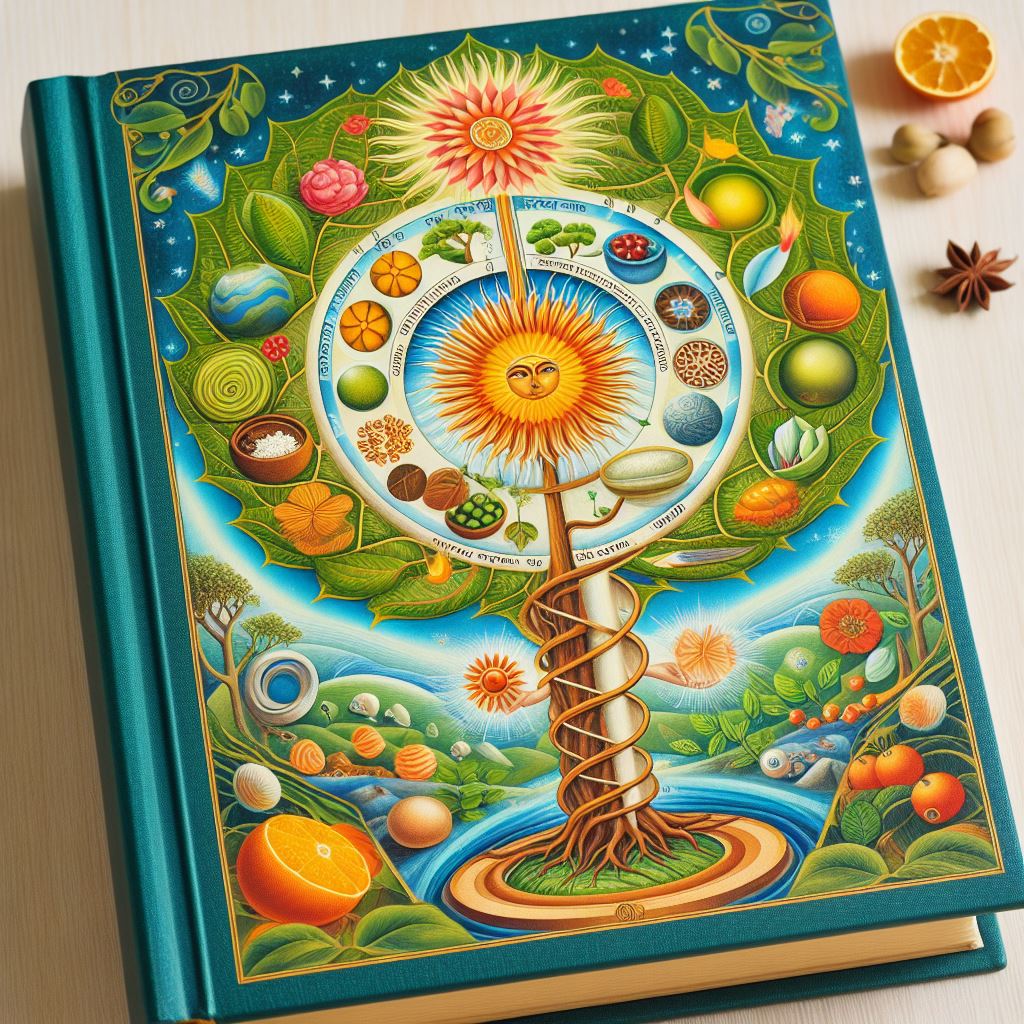
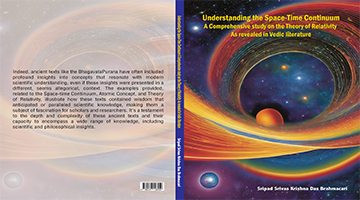















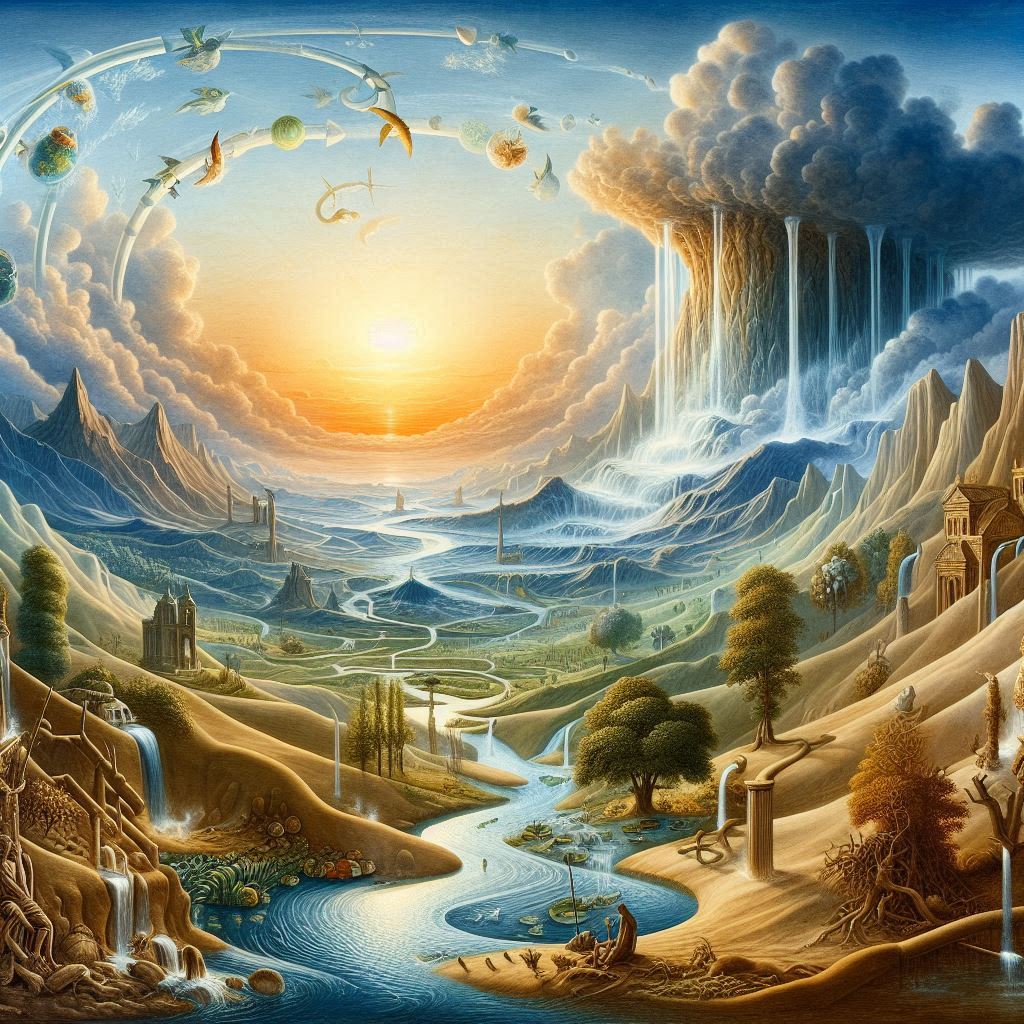

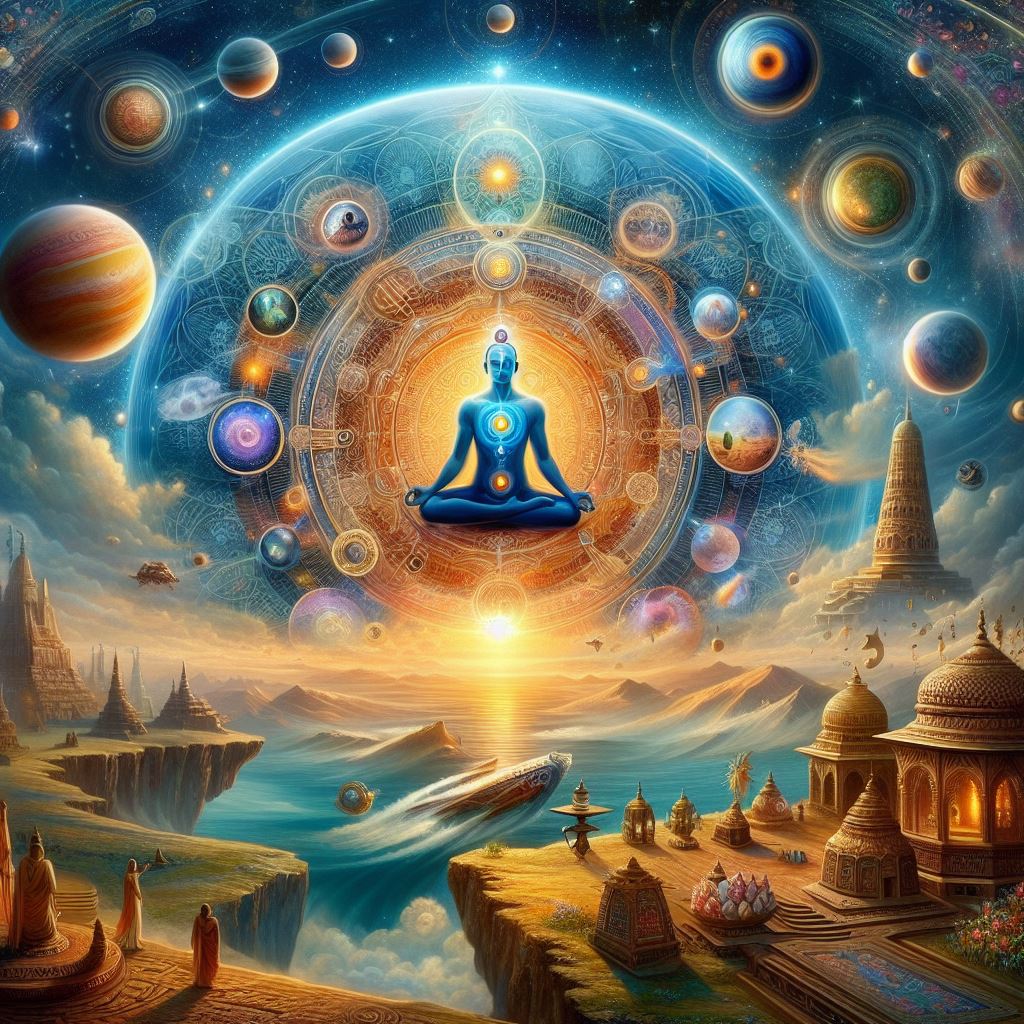




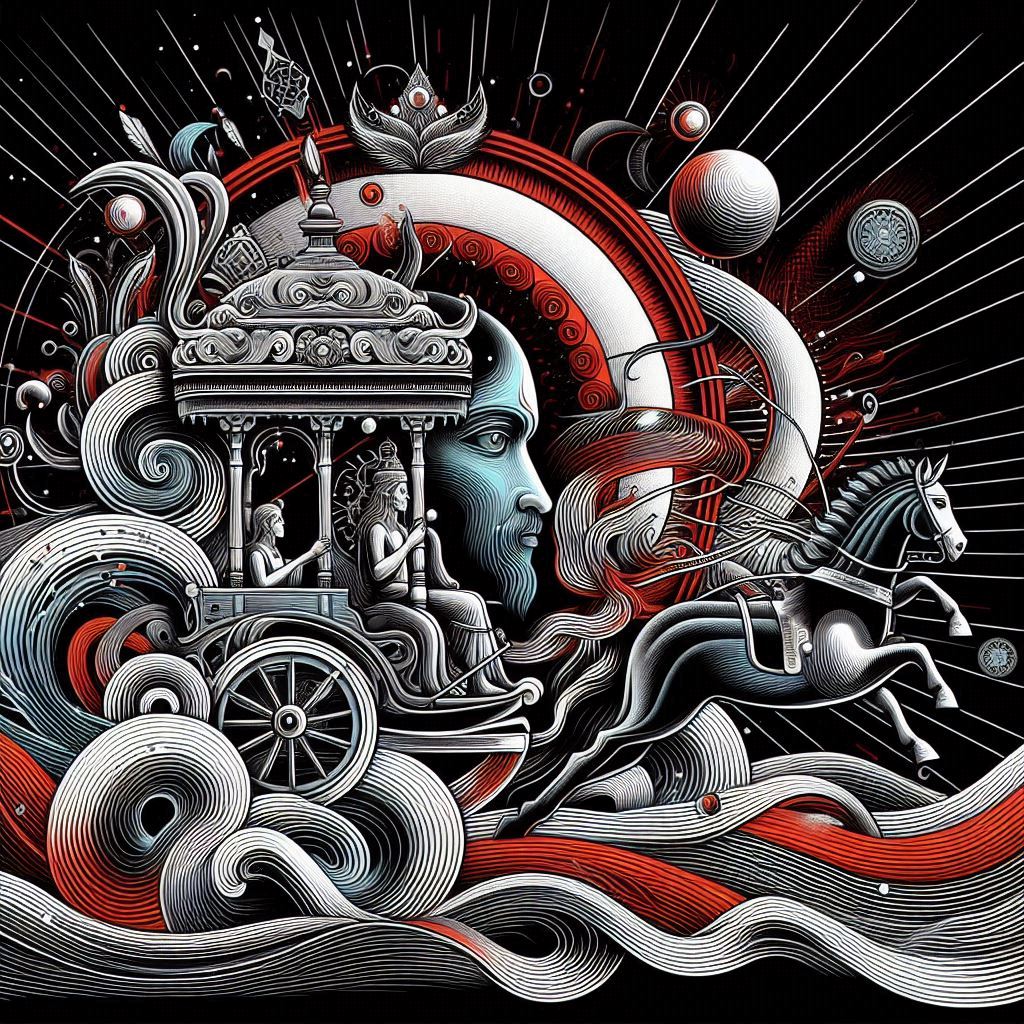






Origin of Science
The Psychospiritual Roots of Crime
Unveiling 54 Vedic Scientists
The Existence of the Soul: Exploring Neuroscience, Quantum Physics and Vedic Philosophy
Temporal Relativity in Vedic Literature: An Interdisciplinary Analysis of Time Dilation Narratives
Acharya Kaṇāda: The Ancient Sage Who Discovered the Atom
Evidence of Vedic Sanātana Hinduism as a Global Dharma
Perception of Quantum Gravity and Field Theory in the Vedas
String Theory as Mentioned in Veda
Sanskrit’s Role in Advancing AI: A Comprehensive Study
The Vedic Model of the Mind: A Contemporary Exploration
Vedic Contributions to Geometry: Unveiling the Origins of Mathematics
Matter and Consciousness in Achintya Bhedābheda: Bridging with Quantum Physics